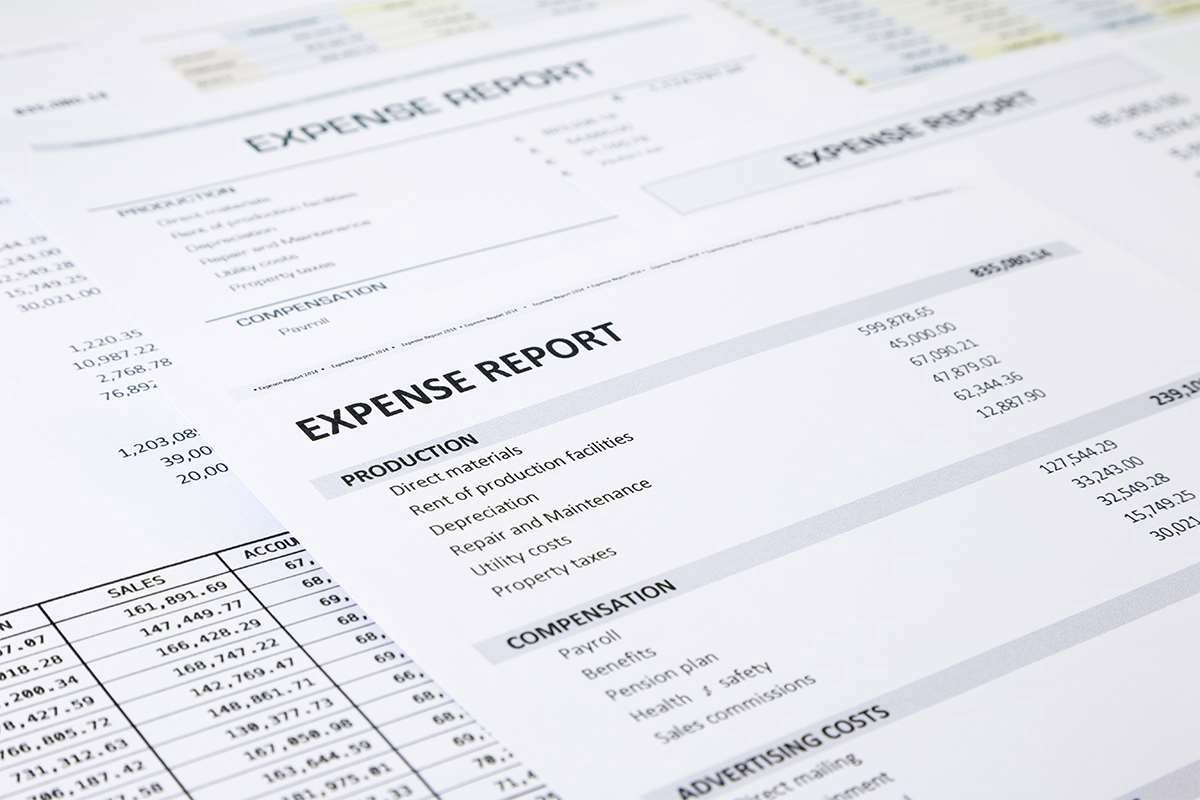
Consult with a financial advisor or accountant to determine the most advantageous approach for your business. Sometimes, it might be worth exploring alternatives to the depreciation expense. Prime among them is impairment testing in which the asset's carrying value in the company's balance sheet is compared with its recoverable amount. If the carrying amount exceeds the recoverable amount, the asset is considered impaired and its value is written down, thus ensuring the asset's stated value is more aligned with its market value.
In financial planning, depreciation serves as a way to ensure companies take the gradual wear and tear of their assets into account. By consistently depreciating their assets, businesses can avoid being suddenly hit with the huge cost of replacing a defunct asset, adding a degree of financial stability. In addition, understanding the rate at which assets depreciate can also inform decisions about when to replace them. The kinds of property that you can depreciate include machinery, equipment, buildings, vehicles, and furniture. If you use property, such as a car, for both business or investment and personal purposes, you can depreciate only the business or investment use portion. Land is never depreciable, although buildings and certain land improvements may be.
Depreciable basis
Note that the depreciation expense recorded by a business on its financial statements may be different from the depreciation expense claimed on a tax return. The reason is that the methods applied to calculate depreciation expense for accounting and tax purposes do not always coincide. For example, accounting depreciation is commonly determined using the straight-line method, but tax depreciation is generally calculated via accumulated depreciation methods (e.g., double declining method). As a result, the depreciation calculation methods can vary significantly. Depreciation is thus the decrease in the value of assets and the method used to reallocate, or "write down" the cost of a tangible asset (such as equipment) over its useful life span.
It plays an important role in defining a business’ tax base and can impact investment decisions. When businesses cannot fully deduct capital expenditures, they spend less on capital, which reduces worker’s productivity and wages. And expand the child tax creditA tax credit is a provision that reduces a taxpayer’s final tax bill, dollar-for-dollar. A tax credit differs from deductions and exemptions, which reduce taxable income, rather than the taxpayer’s tax bill directly. The deal, titled TaxA tax is a mandatory payment or charge collected by local, state, and national governments from individuals or businesses to cover the costs of general government services, goods, and activities.
Best Accounting Software for Small Businesses
Both terminologies spread the cost of an asset over its useful life, and a company doesn't gain any financial advantage through one as opposed to the other. For example, a company often must often treat depreciation and amortization depreciation expense meaning as non-cash transactions when preparing their statement of cash flow. Without this level of consideration, a company may find it more difficult to plan for capital expenditures that may require upfront capital.
So, depreciation expense would decline to $5,600 in the second year (14/120) x ($50,000 - $2,000). Accumulated depreciation totals depreciation expense since the asset has been in use. Accumulated depreciation is a contra-asset account, meaning its natural balance is a credit that reduces its overall asset value. Accumulated depreciation on any given asset is its cumulative depreciation up to a single point in its life. There are times when the accountant might find it advantageous to switch to a different depreciation method during the useful life of an asset. We show a detailed example of this in Straight-Line Method of Depreciation.
Example of Depreciation Expense
Accumulated depreciation is not recorded separately on the balance sheet. Instead, it's recorded in a contra asset account as a credit, reducing the value of fixed assets. Depreciation expense is considered a non-cash expense because the recurring monthly depreciation entry does not involve a cash transaction. Because of this, the statement of cash flows prepared under the indirect method adds the depreciation expense back to calculate cash flow from operations. The methods used to calculate depreciation include straight line, declining balance, sum-of-the-years' digits, and units of production. Instead of realizing the entire cost of an asset in year one, companies can use depreciation to spread out the cost and match depreciation expenses to related revenues in the same reporting period.
- The declining balance method is also known as the double-declining method.
- Depreciation is recorded to reflect that an asset is no longer worth the previous carrying cost reflected on the financial statements.
- And expand the child tax creditA tax credit is a provision that reduces a taxpayer’s final tax bill, dollar-for-dollar.
- For example, an oil well has a finite life before all of the oil is pumped out.
- We've highlighted some of the basic principles of each method below, along with examples to show how they're calculated.
- This allowance is taken after any allowable Section 179 deduction and before any other depreciation is allowed.